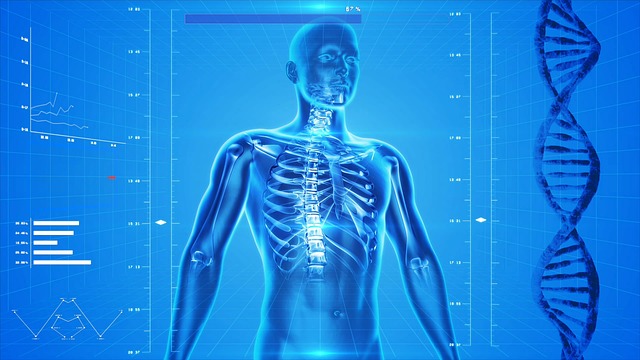
Patients dealing with blood and immune disorders, especially those in the most advanced stages, often have no choice but to undergo bone marrow transplants. Ironically, even if the treatment can be life-saving, it would only work when the bone marrow cells of the recipients are completely eliminated using drugs and radiation. And this could cause serious negative side effects such as organ damage, cataracts, infertility, new cancers, and even death.
Thanks to the work of engineers at the University of California San Diego (UCSD), that kind of bone marrow transplant may soon be rendered obsolete. Rather than using a live bone marrow from a compatible donor or from the patients themselves, a synthetic bone implant will instead be used – and such will not require the use of drugs that can cause all those harmful side effects.
Bone marrow is the flexible tissue inside the bones that is responsible for producing red blood cells from stem cells. If, for some reason, the bone marrow fails to do its job, the result can either be severe anemia or an impaired immune system. Whichever of these conditions arise, the most effective treatment is typically a bone marrow transplant.
To reduce the undesirable side effects caused by traditional bone marrow transplants, the UCSD team of bioengineers led by Shyni Varghese have developed a synthetic bone implant with a practical marrow that can produce its own blood cells. The implant is divided into two sections, both of which are engineered from a hydrogel matrix. The exterior layer containing calcium phosphate minerals functions as a bone, while the interior layer contains donor stem cells for bone marrow growth. The exterior layer works together with the host’s cells to assist in bone building, merging the implant with the natural structure of the body.
According to the team, they have tested their engineered implant in mice, and the tests proved successful. Specifically, they implanted the synthetic bone under the skin of mice, some of which had functional bone marrow, and some of which had defective bone marrow due to radiation.
Within a four-week observation period, the implant developed bone-like structures that didn’t only have blood vessels, but also marrow that actually produced red blood cells. And after six months, the synthetic implants and the bloodstream of the mice showed a mix of blood cells from both the donor and the host. This shows that the implants can function as natural bones, with the blood cells produced by the synthetic implant naturally circulating within the host’s bloodstream without being rejected.
As promising as those results are, however, there is no guarantee that the technique will be as effective in humans. Further study will be required before it can be accepted and approved by the FDA.
There’s also the matter of the treatment only being effective on patients with non-malignant bone marrow disorders. The implant cannot do anything to stop or prevent cancerous mutation from spreading, which means when it comes to cancer patients, undergoing radiation therapy will still be required to kill off their cancer cells, before a bone marrow transplant can work.
Nevertheless, this is still considered a step forward and an exciting development, particularly for individuals suffering from blood disorders. Not only will the treatment ease their pain and distress because they’ll be free of their disease; it will also keep them from suffering negative side effects.
The research was recently published in the journal PNAS.
Disclaimer: This page contains affiliate links. If you choose to make a purchase after clicking a link, we may receive a commission at no additional cost to you. Thank you for your support!

Leave a Reply